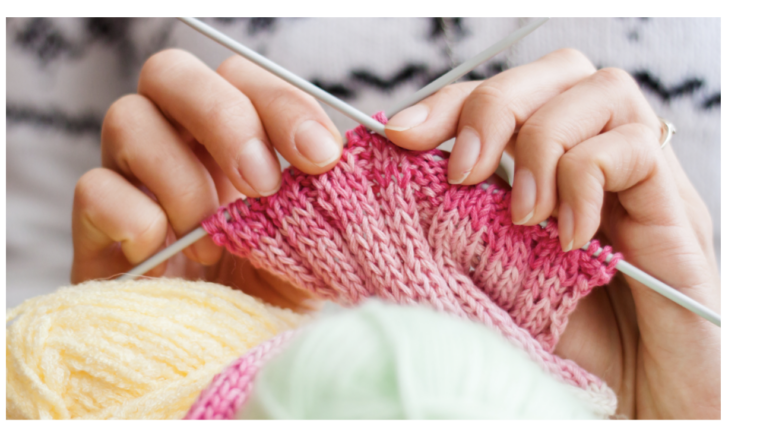Knitting Techniques: Mastering the Basics and Beyond

Whether you’re a novice or an experienced knitter, mastering the fundamental knitting techniques is essential for creating beautiful and intricate projects. In this blog post, we will delve into five knitting techniques that will take your skills to the next level. From casting on to binding off, each technique plays a crucial role in producing stunning knitted creations. So grab your knitting baskets and knitting needle organizer, and let’s dive into the wonderful world of knitting!
5 Important Knitting Techniques
By understanding the following knitting techniques, you will be able to master the basics of knitting and will go beyond as well:
Technique #1: Casting On
Casting on is the initial step in starting a knitting project. It involves creating the first row of stitches on the needle. The most common method, the long-tail cast-on, creates a sturdy foundation and an even edge. Other casting-on techniques include the backward loop cast-on, the cable cast-on, and the knitted cast-on. By mastering different casting-on techniques, you can achieve different effects and adapt to various project requirements.
Technique #2: Knit Stitch
The knit stitch is the foundation of knitting. It produces a smooth, “v” shaped stitch on the right side of the fabric. To knit, simply insert the right needle into the first stitch on the left needle, wrap the yarn around the right needle, and pull it through the stitch. Practice achieving consistent tension and even stitches to create a polished and professional finish in your knitting projects.
Technique #3: Purl Stitch
The purl stitch is the reverse of the knit stitch and creates a bumpy texture on the right side of the fabric. It is often used in combination with the knit stitch to create intricate patterns, such as the stockinette stitch. To purl, insert the right needle into the first stitch on the left needle from right to left, wrap the yarn around the right needle, and pull it through the stitch. Mastering the purl stitch opens up a wide range of possibilities for creating unique textures and designs.
Technique #4: Increasing and Decreasing Stitches
Increasing and decreasing stitches allow you to shape your knitting projects. There are several methods to increase stitches, such as the knit front and back (KFB), yarn overs (YO), and make one (M1) techniques. Decreasing stitches, on the other hand, include knitting two together (K2tog), slip-slip-knit (SSK), and the central double decrease (CDD). These techniques are crucial for shaping garments, adding decorative details, and creating intricate lacework.
Technique #5: Binding Off
Binding off, also known as casting off, is the final step in completing a knitting project. It secures the stitches, preventing them from unraveling. The most common method is the basic bind-off, where stitches are knitted and then passed over the previous stitch. Other bind-off techniques include the stretchy bind-off, picot bind-off, and tubular bind-off. Choosing the right bind-off method ensures a neat and professional-looking edge for your finished project.
Conclusion
Congratulations on exploring these five essential knitting techniques! By mastering casting on, knitting, and purl stitches, increasing and decreasing stitches, and binding off, you’ve gained a solid foundation for your knitting journey. Remember to practice regularly and experiment with different patterns and stitches to enhance your skills further. So go ahead and organize your knitting baskets and knitting needle organizer, as you embark on countless knitting adventures filled with creativity and joy.
